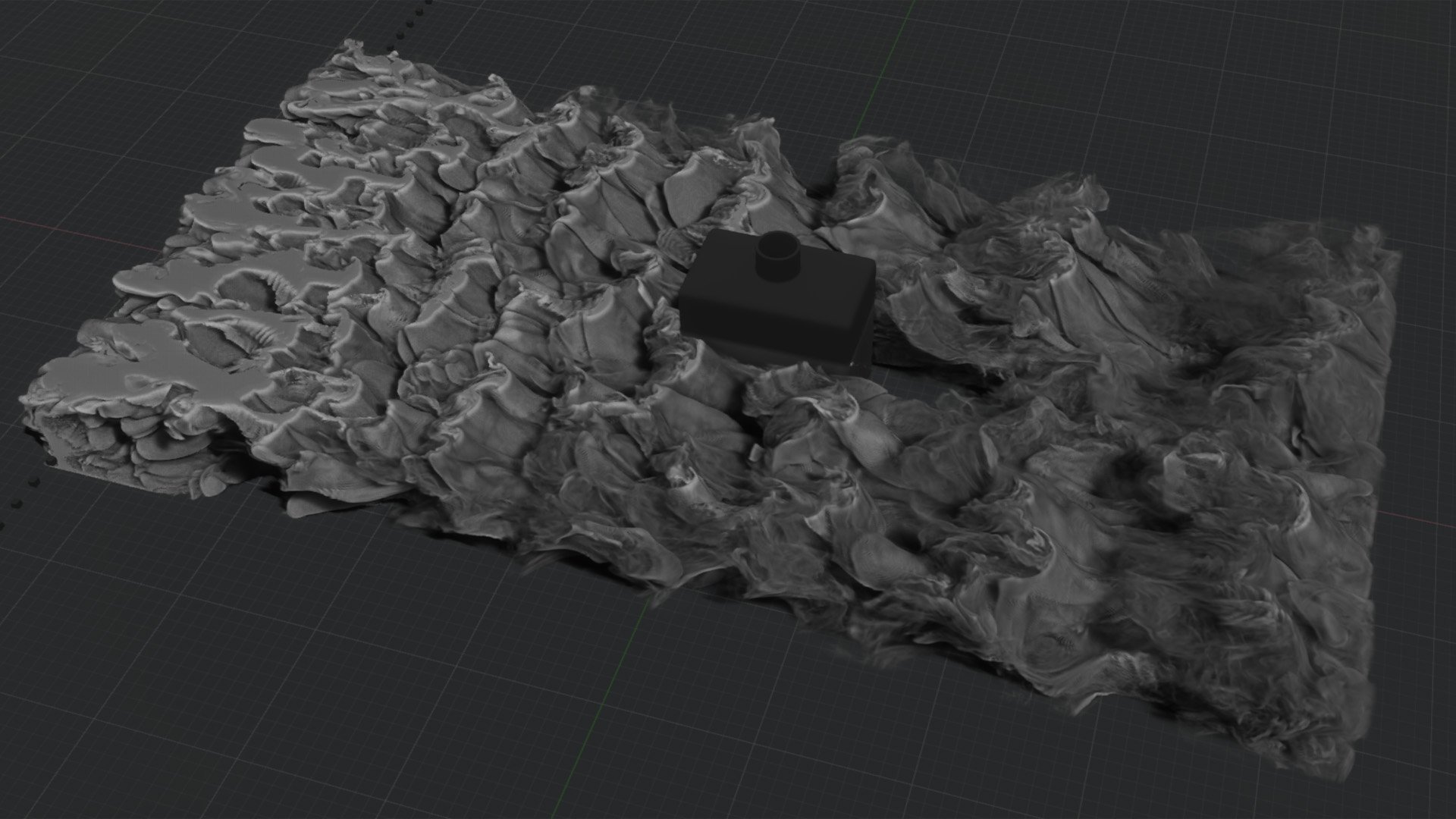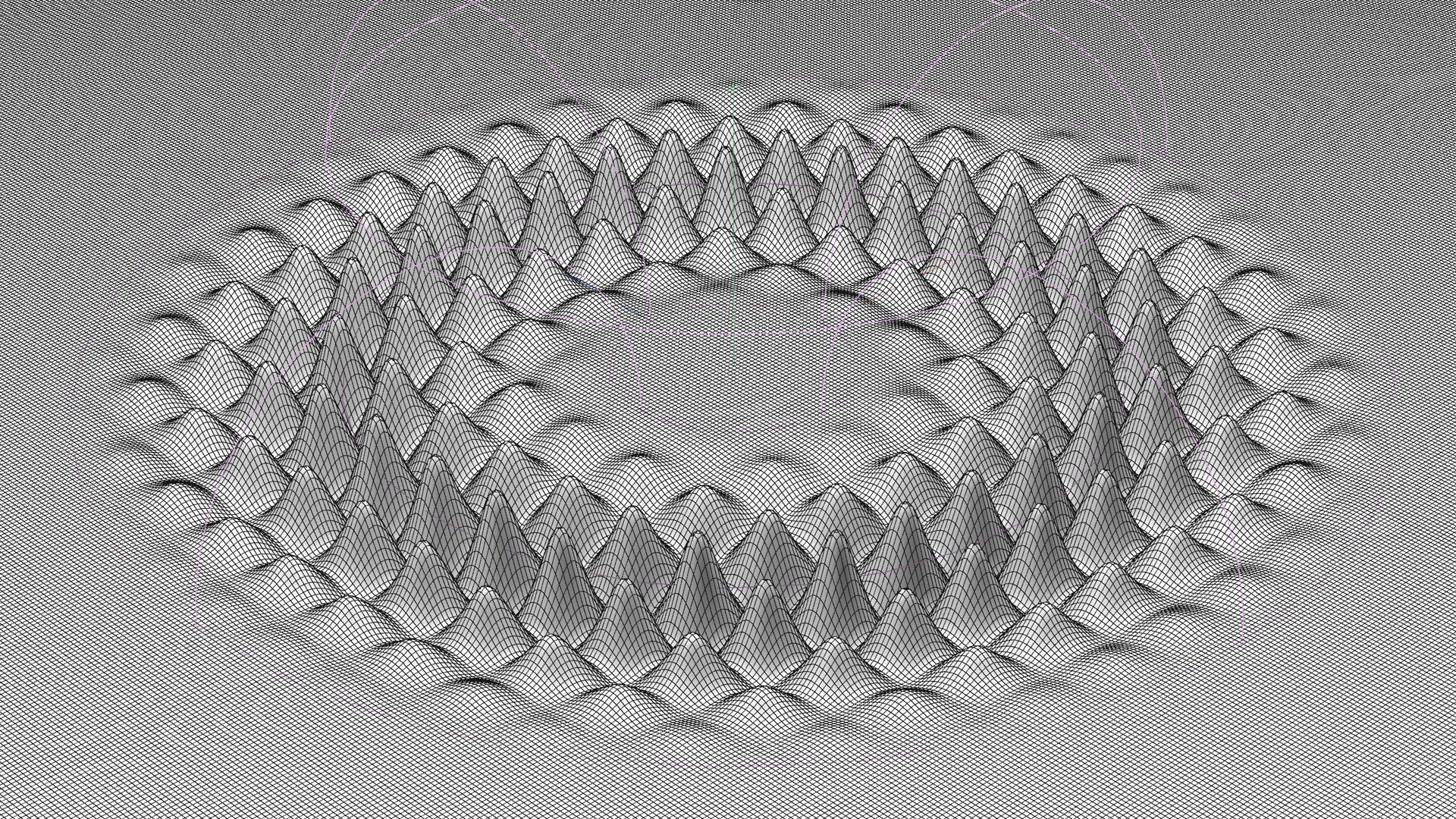Ferro.
This was a personal project made with the intention of improving my animation skills, simulations, and sound design. I wanted to expand my portfolio with a project that showed some new skills and programs I learned over the past few years that I don’t often show in my other work.
For this project, I wanted to make a short commercial for an imagined perfume containing a liquid that isn’t really realistic. I stumbled onto ferrofluid, a black liquid that behaves a bit like a magnetic fluid (and something you definitely don’t want to spray on yourself!). This introduced a theme of magnetism that I incorporated into the video.
The bottle design has a magnetic cap, which pulls up the fluid when closed, but drops the fluid down when the cap is released so it can be sprayed via a tube. Everything in this video was created by me from start to finish, including sound design.
Created with Cinema4D, Octane Render, X-Particles, Embergen, World Creator, After Effects, and Photoshop. Sound design done with Ableton.










Breakdowns
I used a few different tools to simulate and design each shot. X-particles was used to simulate particle flow in controlled flow fields. In this case, a few shots portrayed magnetic fields. Here, splines were used to create flow fields, which would guide the particles in the right direction. After initial attempts at doing a smoke simulation in X-Particles, I decided to try out Embergen. This program calculates all kinds of simulations almost in real time and allows me to export animated vdb files to render out in Cinema4D. This turned out to be a very fast solution with great results.
My go-to tool for landscapes is World Creator. Once again, this tool gives me a real-time representation of the final result, which allows me to iterate fast. The metal spike dynamics were simulated with Cinema4D’s rope tags, which allowed me to achieve more realistic results compared to keyframing everything by hand. The ferrofluid effect was mostly done with displacement and combined with actual fluid simulations with X-particles.






